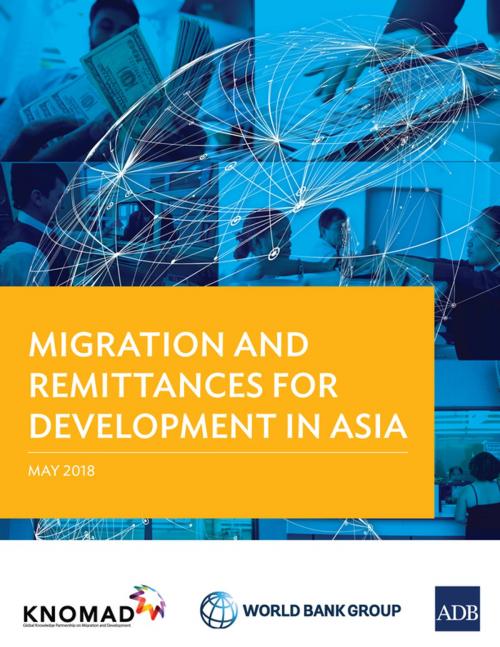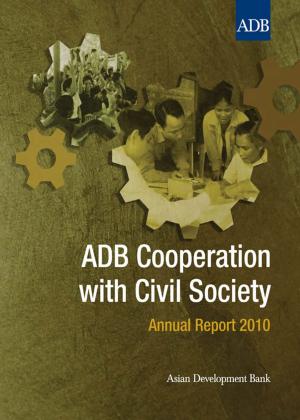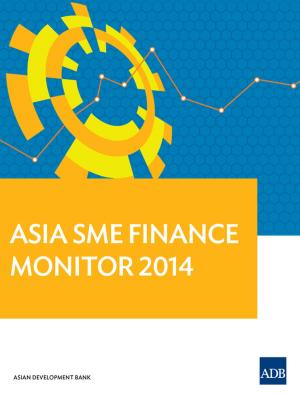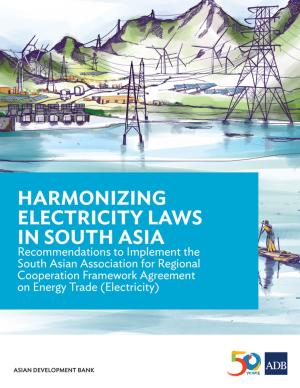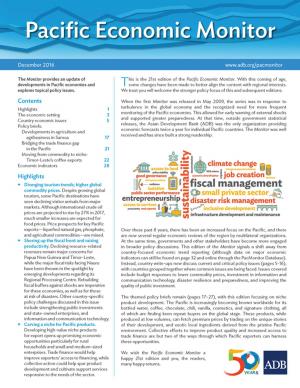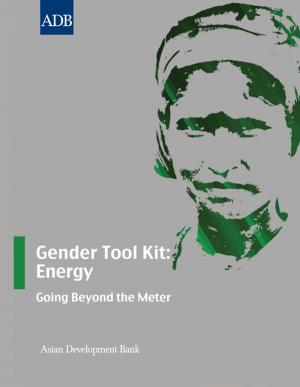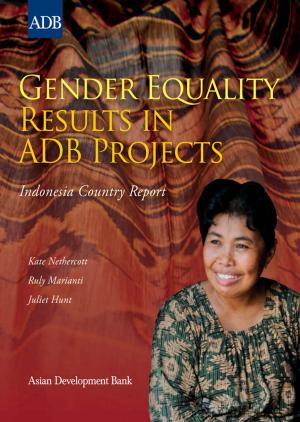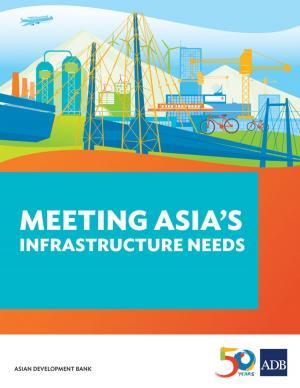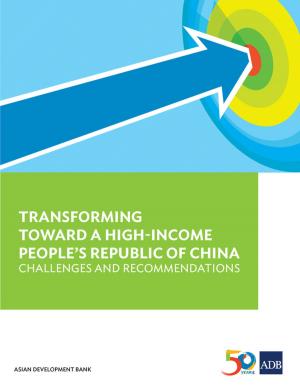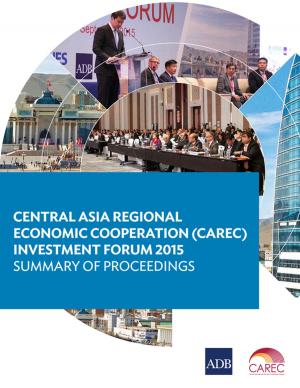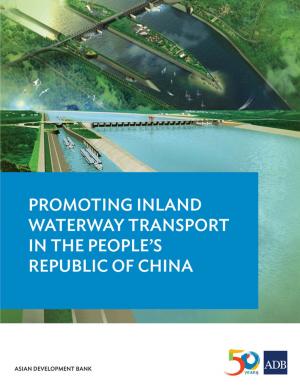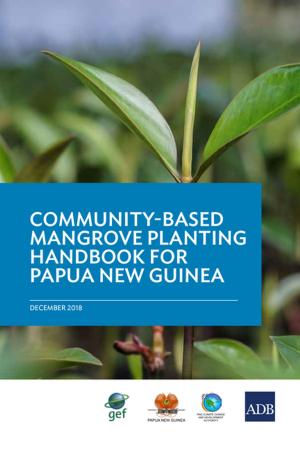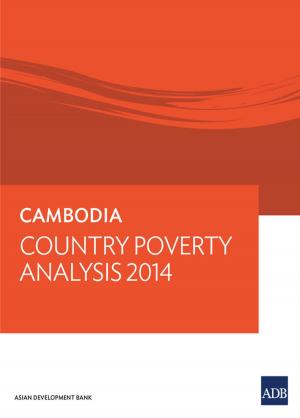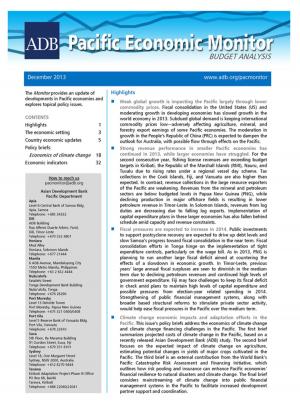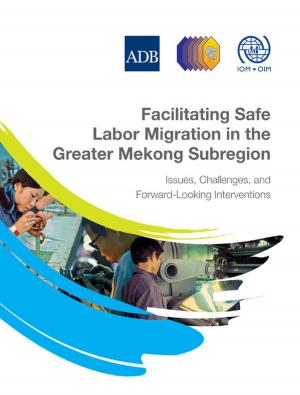Migration and Remittances for Development Asia
Nonfiction, Reference & Language, Law, Labour & Employment, Social & Cultural Studies, Political Science, Politics, Social Services & Welfare| Author: | Asian Development Bank, The World Bank | ISBN: | 9789292611293 |
| Publisher: | Asian Development Bank | Publication: | May 1, 2018 |
| Imprint: | Asian Development Bank | Language: | English |
| Author: | Asian Development Bank, The World Bank |
| ISBN: | 9789292611293 |
| Publisher: | Asian Development Bank |
| Publication: | May 1, 2018 |
| Imprint: | Asian Development Bank |
| Language: | English |
Asia and the Pacific has a significant rise in migration: about one in three migrants comes from Asia according to the United Nations. Currently, over 80 million people from Asia and the Pacific live and work outside of their countries of origin. Migration and remittances have both positive and negative effects. For the countries, remittances became an important source of foreign exchange. At the household level, remittances enable families to spend more on education and health. However, migration also has a negative social impact, including the exploitation and abuse of workers. This report explores ways to enhance the welfare of migrant workers as well as ways to improve the productive investments of remittances to support the countries' growth and development.
Asia and the Pacific has a significant rise in migration: about one in three migrants comes from Asia according to the United Nations. Currently, over 80 million people from Asia and the Pacific live and work outside of their countries of origin. Migration and remittances have both positive and negative effects. For the countries, remittances became an important source of foreign exchange. At the household level, remittances enable families to spend more on education and health. However, migration also has a negative social impact, including the exploitation and abuse of workers. This report explores ways to enhance the welfare of migrant workers as well as ways to improve the productive investments of remittances to support the countries' growth and development.
